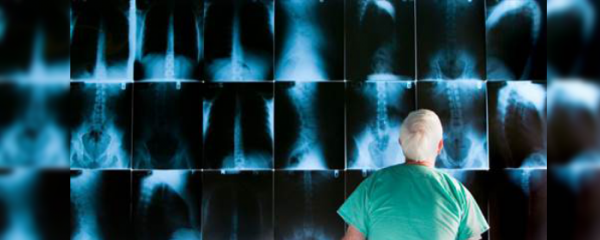Liver cancer number is skyrocketing, are you at risk?

A recent report released by Centers for Disease Control and Prevention indicated that liver cancer is on the rise. From 2000 to 2016, liver cancer death rates increased 43% for American adults, causing liver cancer as a leading cause of death to soar from the 9th to the 6th nationally. On the surface, these numbers might not seem so relevant to NASH or fatty liver disease patients (NAFLD patients), but recent researches show that NAFLD is becoming a global epidemic that would affect 50% more patients by the year of 2030. And NASH is gradually becoming the leading cause of liver transplant as early as 2020. If it is left untreated or not managed well, it might progress into liver cancer, which is the most serious stage of liver diseases.
Liver cancer death rates
From the report, there’s an increasing trend of liver cancer death rates in adults aged over 65 or above. For adults aged 55-64, the trend has been increasing since 2000 but remained stable through 2016, however, it has to be noted that the number of deaths is still high, having a record of 19.4 deaths per 100,000 population.
What are the reasons behind?
People are directing the cause of the sudden rise of liver cancer number in the past decade to the affluent way of living in the current society. Modern living style includes, but not limited to, an over-intake of calories and binge drinking.
Fibrosis is the main culprit
It is always important to bear in mind that fibrosis is the key cause of liver disease progression. While an excessive amount of nutrients and alcohol does contribute to obesity, it’s the constant liver cell damage that progresses the inflammation of the liver. If it is not controlled or managed properly, the liver will inflame over and over again and the liver cells will no longer be able to repair itself.
How can I manage fibrosis the right way?
Eating a healthy diet and engaging in regular exercises can help. At the same time, limiting alcohol intake is also beneficial to recovering liver cell damage. On top of all these, fatty liver disease and NASH patients could also try out anti-fibrotic therapies so that the process of fibrosis can be controlled and managed in a more effective way.
If you have any questions regarding how we can help you with managing fibrosis, please do not hesitate to contact our support team for more information about liver protection.
- Centers for Disease Control and Prevention, https://www.cdc.gov/nchs/products/databriefs/db314.htm, (Access Date: 2018-08-07)
- Fortune, http://fortune.com/2018/07/17/liver-cancer-death-rate-increased/, (Access Date: 2018-08-07)
- Today, https://www.today.com/health/nonalcoholic-fatty-liver-disease-are-you-risk-t121855, (Access Date: 2018-08-07)
- * All research and clinical data should be used as reference purposes only, results may vary.






